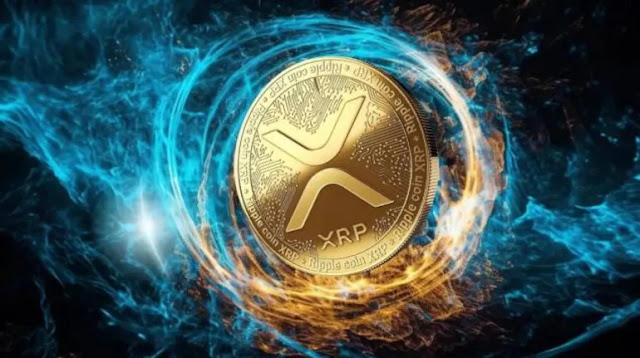XRP Coin: A Comprehensive Analysis of Ripple’s Flagship Cryptocurrency
XRP Coin: A Comprehensive Analysis of Ripple’s Flagship Cryptocurrency
1. Introduction
- Overview of XRP: What is it, and how does it differ from other cryptocurrencies?
- The purpose and history of XRP.
- Importance in the crypto ecosystem.
2. The Origins of XRP and Ripple Labs
- The founding of Ripple Labs and its core mission.
- Key developers and founding members like Chris Larsen and Jed McCaleb.
- The initial goals of the project and how XRP was introduced to solve real-world financial problems.
3. The Technology Behind XRP
- Consensus Protocol: How XRP’s consensus algorithm differs from Bitcoin's Proof-of-Work (PoW) and Ethereum's Proof-of-Stake (PoS).
- XRP Ledger: An exploration of its features, including speed and scalability.
- Transaction speeds and costs compared to traditional banking and other cryptos.
- Security aspects and reliability.
4. XRP’s Use Cases and Adoption
- Cross-Border Payments: How XRP facilitates quick and cost-effective international transfers.
- Partnerships with major financial institutions (e.g., banks, remittance services) and why they matter.
- Use in smart contracts and decentralized finance (DeFi) applications.
- Other innovative applications being explored with the XRP Ledger.
5. Regulatory Landscape
- Overview of past and ongoing legal battles, especially the SEC lawsuit and its implications.
- How regulatory clarity (or the lack thereof) has impacted the coin’s adoption and value.
- Developments in different jurisdictions (U.S., Europe, Asia) and their stances on XRP.
6. Market Performance and Price Volatility
- A historical look at XRP’s price trends and significant events that influenced them.
- The impact of partnerships, announcements, and lawsuits on the market value.
- Insights into future projections based on market analysis and expert opinions.
7. Strengths and Weaknesses of XRP
- Strengths: Speed, low transaction fees, energy efficiency, strong network of partners.
- Weaknesses: Centralization concerns, reliance on Ripple Labs, ongoing legal uncertainties.
- Comparison with other major coins like Bitcoin, Ethereum, and newer players in the crypto space.
8. The Community and Ecosystem
- The role of developers and contributors in the XRP ecosystem.
- The importance of user trust and how community support has shaped XRP.
- Key partnerships and strategic alliances that have boosted its utility and visibility.
9. Future Prospects and Innovations
- Upcoming developments and improvements in the XRP Ledger (e.g., XLS-30 automated market makers).
- Long-term vision for XRP and potential new use cases.
- Analyst and community predictions for XRP’s trajectory.
10. Conclusion
- Summary of why XRP remains a significant player in the crypto space.
- The potential for continued growth despite challenges.
- Final thoughts on whether XRP is a worthwhile investment in the current climate.
Expanded Section Example: The Technology Behind XRP
XRP operates on an innovative ledger known as the XRP Ledger, which relies on a consensus protocol distinct from the mining-intensive PoW used by Bitcoin. This protocol enables faster transaction times, typically completing in 3–5 seconds, at a fraction of a cent per transaction. Unlike the PoW model which requires significant computational power, XRP’s consensus mechanism allows validators to confirm transactions more efficiently without centralized control.
This emphasis on speed and low transaction costs makes XRP particularly appealing for cross-border payments, a core focus for Ripple Labs. The global banking system, often bogged down by multi-day processing times and high fees, benefits from the liquidity and immediacy that XRP can provide. For example, Ripple’s partnerships with traditional banks and financial institutions like Santander and PNC have showcased how the technology can enhance real-time payment settlements.
Expanded Section Example: Regulatory Landscape
One of the most significant challenges facing XRP is the regulatory scrutiny it has endured, particularly in the U.S. The SEC’s lawsuit against Ripple Labs, initiated in December 2020, accused the company of conducting an unregistered securities offering by selling XRP. This case has been a landmark moment for the cryptocurrency industry, as the court’s decision could set a precedent for how cryptocurrencies are classified under U.S. securities law. Despite the uncertainty, XRP has seen support from global financial leaders who argue for its utility as a payment solution rather than as an investment contract.



Post a Comment
0 Comments